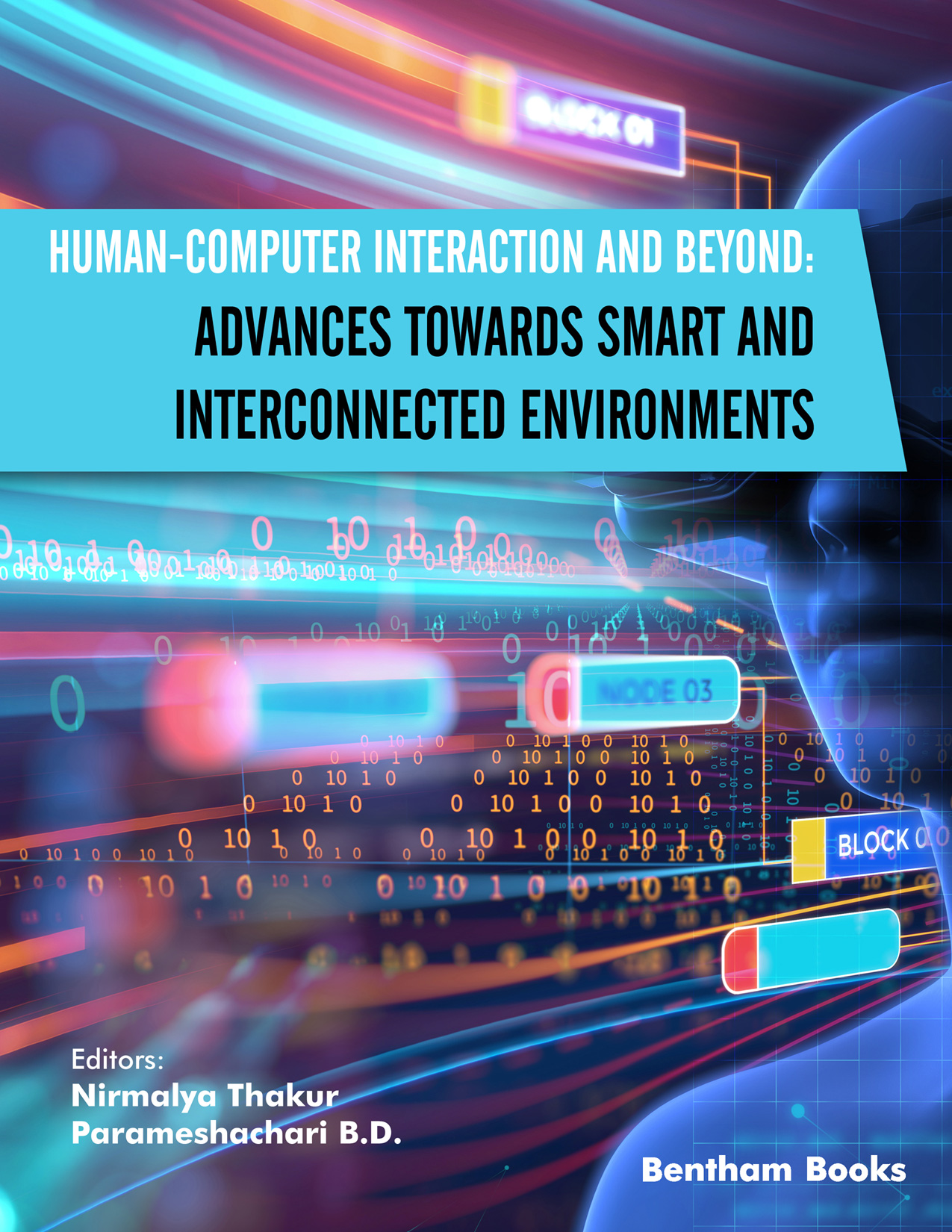Introduction
Human-Computer Interaction and Beyond: Advances Towards Smart and Interconnected Environments is a 2-part book set which presents discoveries, innovative ideas, concepts, practical solutions, and novel applications of Human-Computer Interaction (HCI) and related disciplines such as artificial intelligence, machine learning, data mining, computer vision, and natural language processing. The book provides readers with information about HCI trends which are shaping the future of smart, interconnected urban and industrial environments. Contributions are authored by experts and scientists in the field of HCI and its interrelated disciplines from 8 different countries – Chile, China, Croatia, India, Iran, Malaysia, Peru, and South Korea.
The chapters of this volume present novel and state of the art research works conducted at the intersection of HCI aimed at developing trust, increasing user acceptance, augmenting user performance, and fostering human-technology partnerships. Chapters cover usability testing in digital healthcare systems, user experience testing of handicapped children and assistive technologies for visually impaired users and a gamified user experience design for learning. The volume also presents a review of twitter usability testing among Indian users, along with specific cases of arthritis diagnostic systems, meteorological draught analysis and the role of EUPS in improving GUI design to improve the user experience.
Human-Computer Interaction and Beyond: Advances Towards Smart and Interconnected Environments is an informative reference for scientists, researchers, and developers in both academia and industry who wish to learn, design, implement, and apply these emerging technologies in HCI in different sectors, with the goal of realizing futuristic technology-driven living and functional smart cities and environments.

